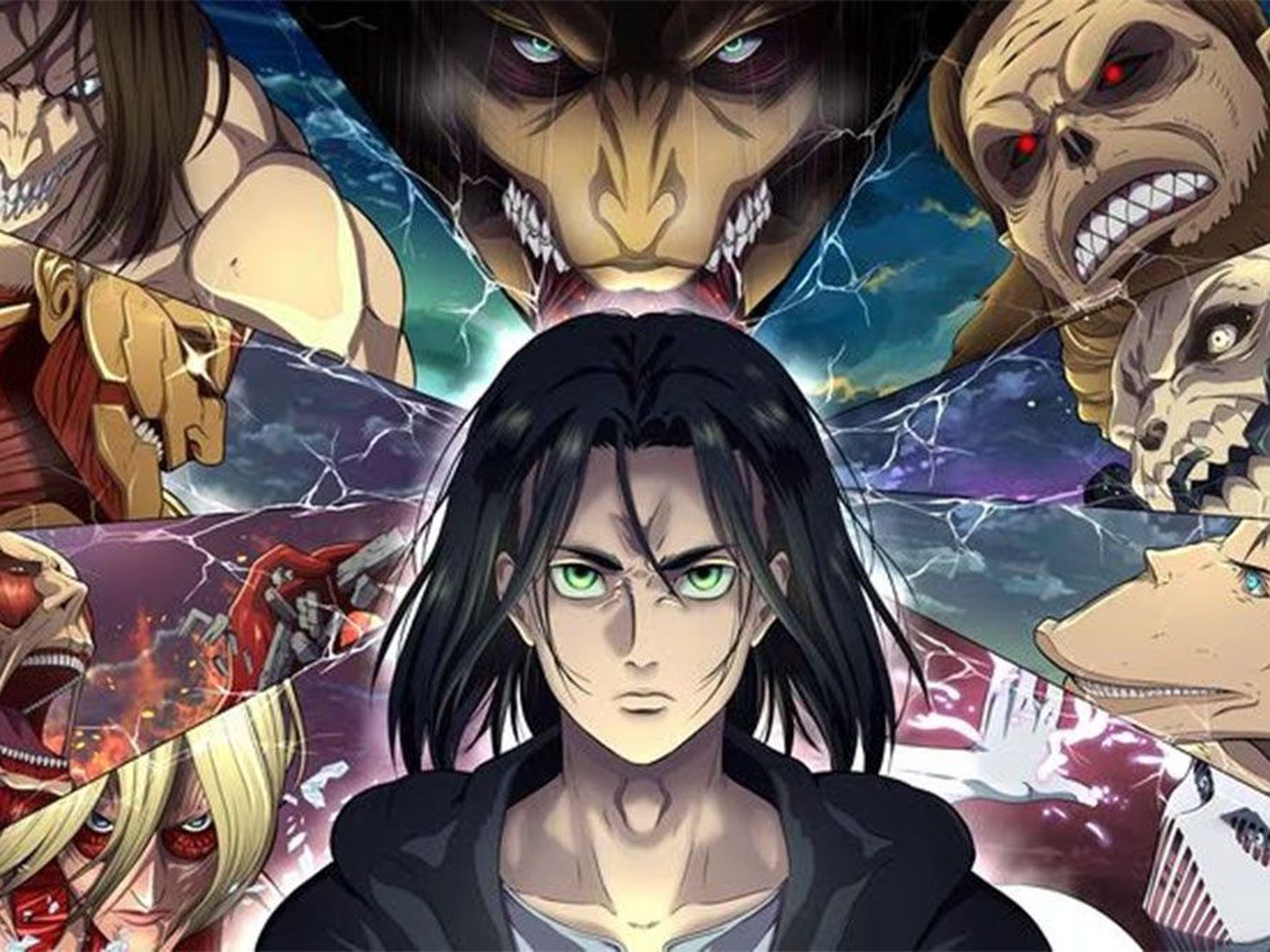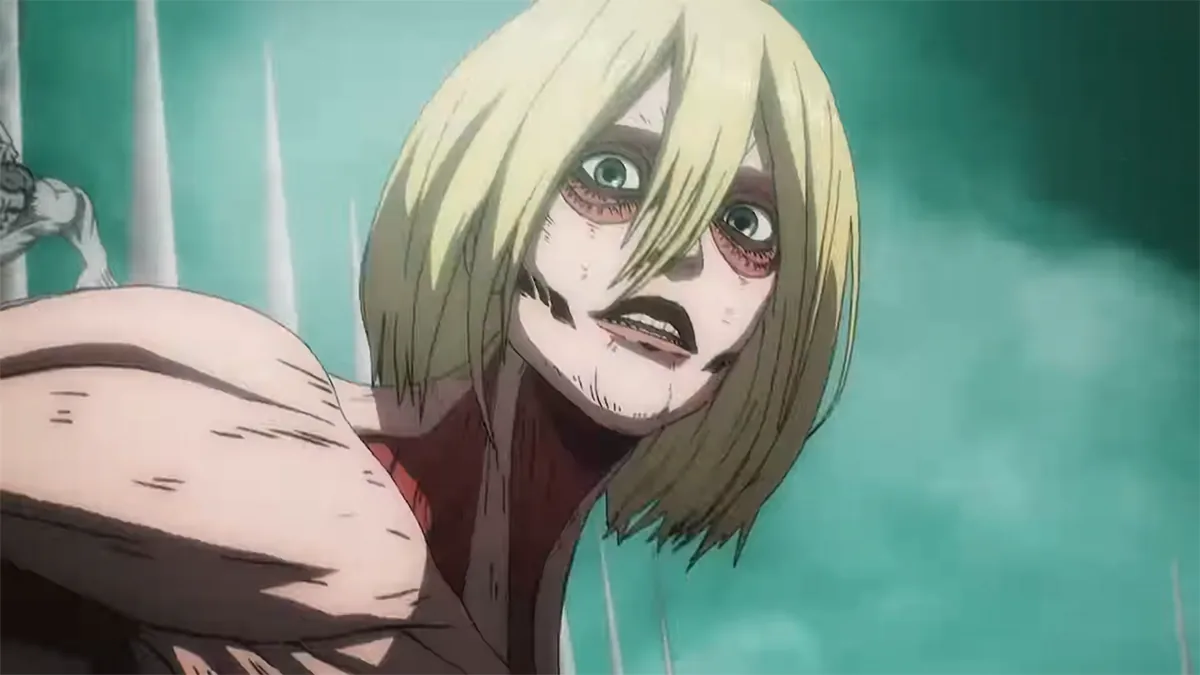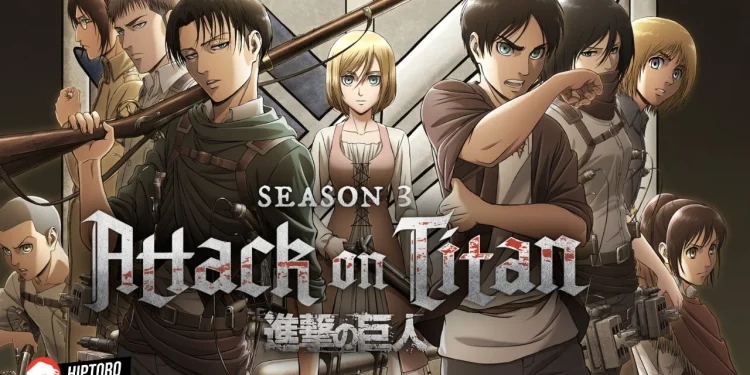Attack on Titan’ has woven its grim tale of survival, betrayal, and titanic clashes for over a decade, culminating in a grand finale that veers slightly yet significantly from its inked origins. As the anime adaptation brought its final episode to screens, whispers of changes implemented at the behest of creator Hajime Isayama sparked intrigue and anticipation. Here, we dissect the variances that set the anime ending apart from its manga counterpart, peering into the creative nuances that enriched an already complex narrative.
A Revised Farewell: Armin and Eren’s Altered Exchange

The heartfelt exchange between Eren Yeager and Armin Arlert stands as the most striking revision. The anime delicately reframed their dialogue, distancing Armin’s gratitude from the atrocity of Eren’s actions, instead focusing on the bittersweet gift of freedom Eren had bestowed. This alteration not only rectified the unsettling praise for genocide present in the original manga but also shared the burden of their grim choices, a nuanced shift that fans found more palatable and in line with the characters’ journey.
Paradis Reimagined: A Future Both Bright and Bleak
Subtle yet profound, the anime’s portrayal of Paradis in the closing credits painted a future starkly different from the manga’s depiction. Skyscrapers and lights suggested a leap through generations, a forward-thinking vision that was soon undercut by the depiction of ensuing conflicts and destruction. This visual commentary on the cyclical nature of violence added layers of complexity to the narrative’s ending, implying that despite the characters’ efforts and sacrifices, the seeds of discord and struggle remain deeply entrenched in humanity’s psyche.
The weather's downright lovely. pic.twitter.com/2BzN23Jwzg
— Attack on Titan Wiki (@AoTWiki) November 6, 2023
A Landscape Transformed: From Ocean to Blood
In a poignant departure from the manga, the anime chose to immerse Eren and Armin’s final embrace in a river of blood—a literal and metaphorical representation of the consequence of Eren’s actions. The addition of hair and bones within this bloodbath served as a visceral reminder of the cost of freedom and the weight of their choices. This stark imagery left a lasting impression, reinforcing the tragic undercurrents that have long defined the series.

The Subtle Strokes of Change
Beyond the grand gestures of narrative adjustments, ‘Attack on Titan’s anime infused its concluding moments with subtle alterations, like the exclusion of certain character nods and the inclusion of tender scenes like Gabi and Falco’s tree planting. Each of these choices spoke volumes, offering fans a delicate balance of what was known and what could be, creating a space for the story to breathe anew while respecting its roots.
As ‘Attack on Titan’ closes its chapter in anime form, available for retrospection and revisiting on Amazon Prime, it leaves behind a legacy of storytelling that has both devastated and uplifted its audience. It is a testament to Isayama’s world, one that despite its harrowing vistas and heart-wrenching turns, will stand as a monolith in the landscape of both manga and anime for years to come.










